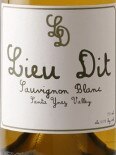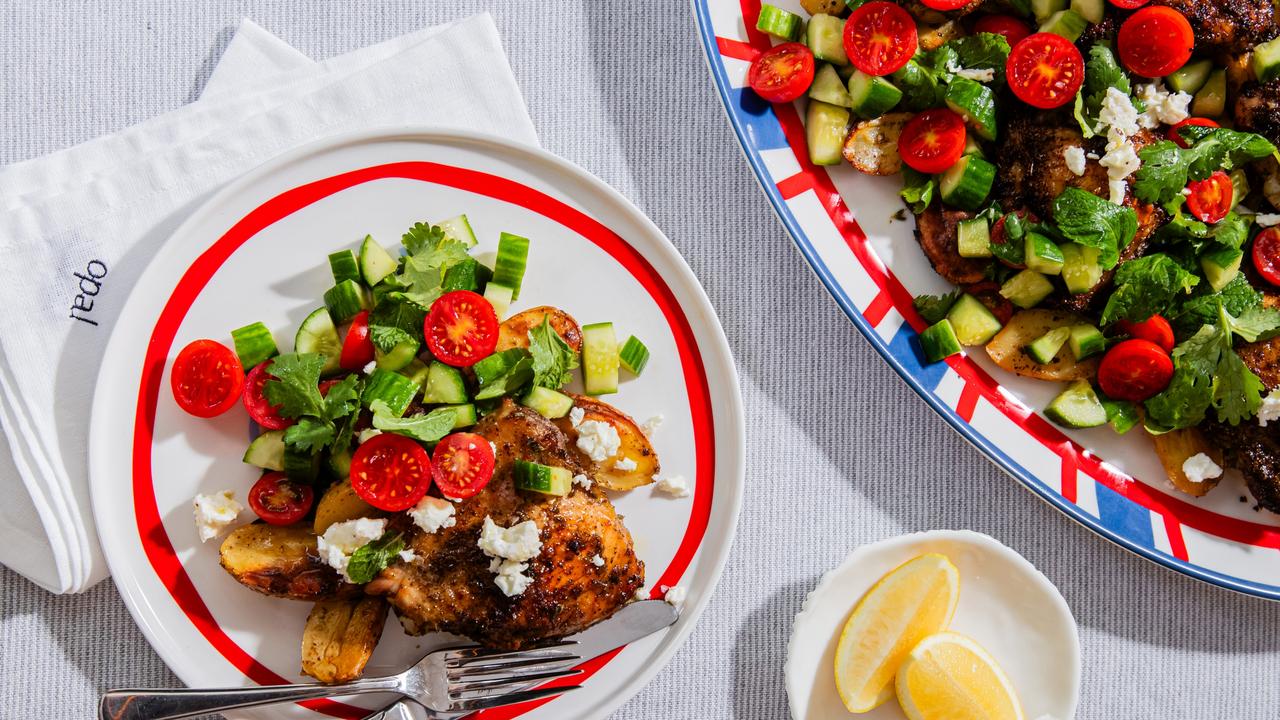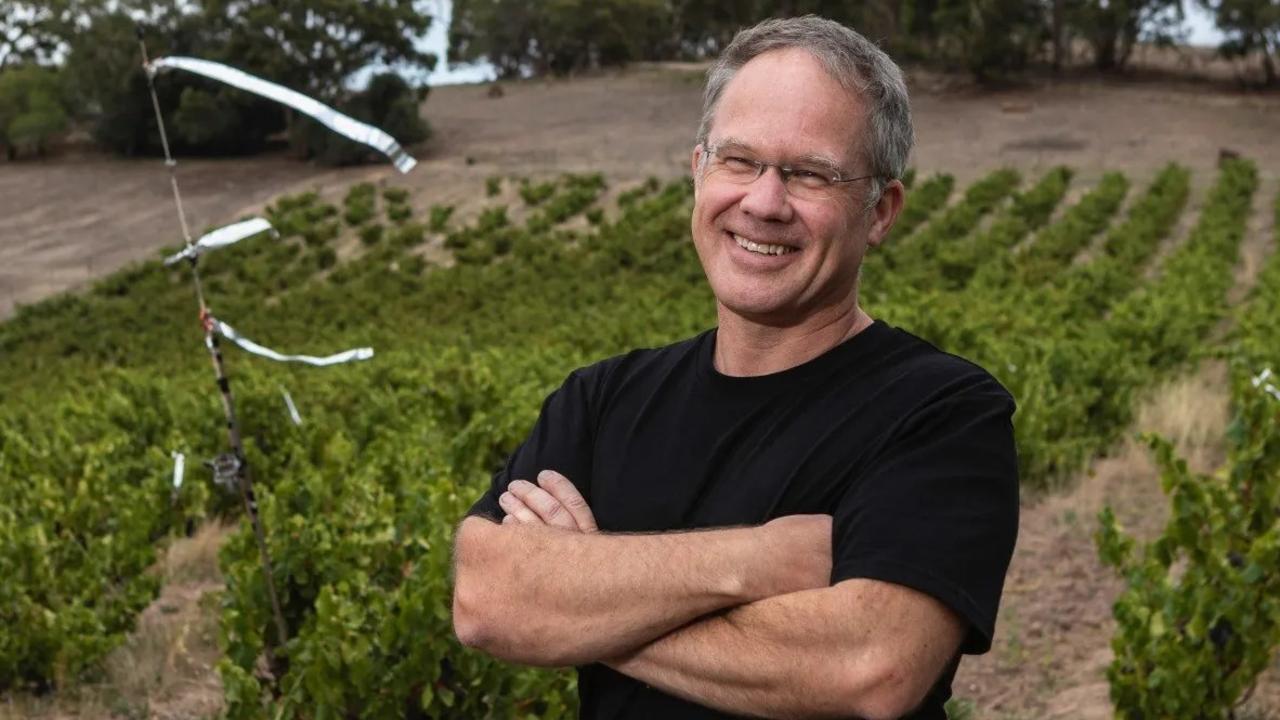American wines more to our liking
Lately the idea of America has occupied much of my time and my thoughts have started to align in a star-spangled manner.
Thoughts usually meander around my head like strangers at a family reunion. Technically, they’re all connected, but putting them together can be awkward and strained. After a while they just give up and spend the rest of the time loitering around the buffet.
Consistency is not something discussed when talking about my brain, unless you want to remark on its similarity to overset blancmange.
But lately the idea of America has occupied much of my time and my thoughts have started to align in a star-spangled manner.
It began last month with a week in Lake Tahoe, reminding 100 of the most influential people in US wine that Australian vineyards produce a lot more than just the uber-ripe, gently confected commodity stuff.
It followed on with a lost weekend in Los Angeles with a few winemaking mates permanently resident on the far side of crazy.
Mike Bennie and Peter Dredge are two of the three miscreants behind the wine label known as Brian, winemaking’s version of Spinal Tap. A project born from satire and mischief has found a fervent audience and level of legitimacy that sees it adorn wines made in Tasmania and Oregon.

They organised several guerrilla tastings around LA — one in a Koreatown divebar, another in a Mexican grocery store in East LA that just happens to have a world-class natural wine selection. They were joined by Taras Ochota, the much-vaunted star of the Adelaide Hills who cut his teeth in California. His Ochota Barrels label is keenly sought around the world.
Even the cerebral and polished Michael Dhillon from Bindi in the Macedon Ranges got in on the act for the Koreatown tasting, creating the only known instance of Australia’s best pinot noir and chardonnay being consumed alongside cans of Pabst Blue Ribbon and shots of cheap tequila.
I still hadn’t fully recovered by last week, when Brian Croser, the man who may or may not have inspired the label previously mentioned, celebrated 40 years of his Tiers vineyard in the Adelaide Hill’s Piccadilly Valley.
Croser spent influential time at the University of California’s Davis campus in the early 1970s, and the clonal material he used to plant the Tiers vineyard in 1979 was the OF clone originally selected by his professor, the legendary Harold Olmo, at Davis in the 50s.
To provide context to his own wines under the Tapanapa label, Croser opened a varied collection of Californian chardonnay, their collective richness and exuberance throwing his precise and finely detailed wines into stark relief.
We don’t see enough US wine in this country, and what does make it here is often expensive. That’s changing as a new breed of US winemaker, and some canny importers, look to land a more diverse offering this side of the Pacific. Try these:
Lieu Dit 2018 Melon, Santa Maria Valley, California, $57
I met Eric Railsback drinking in Brisbane with the Burgundian Jeremy Seysses, Nick Farr from Geelong, the demure custodian of Mount Mary, Sam Middleton and a bride-to-be with a shaved head and dangerous glint in her eye.
His wines impressed me then, and now, on closer inspection, even more so. Railsback is a sommelier and wine merchant who, with winemaking partner Justin Willet, produce a range of wines in Santa Barbara County from varietals best known in France’s Loire Valley.
This almost achingly crunchy white, made from the variety melon de Bourgogne that we more commonly call Muscadet, is brilliant.
Imagine a margarita made from crushed oyster shells and quartz, plenty of pithy lemons and some cucumber skin, drunk in a tidal pool with a sea breeze blowing in your face, and you’d be halfway to understanding the invigorating freshness and skin tightening tension of this wine. Bivalves evolved, if evolution is the word, so they could be paired with this.
Lieu Dit 2018 Cabernet Franc, Santa Ynez Valley, California, $65
Classically crunchy cabernet franc with a hedonistic nose of mulberries and rosehips, pencil shavings and Indian ink. It’s juicy and supple, with squeaky dryness keeping the wine tight and long. This is a beautiful example of those wines we yearn for in the interzone between racy whites and more muscular expressions of red wine. It’s beautifully poised, proudly varietal and immensely satisfying.




To join the conversation, please log in. Don't have an account? Register
Join the conversation, you are commenting as Logout